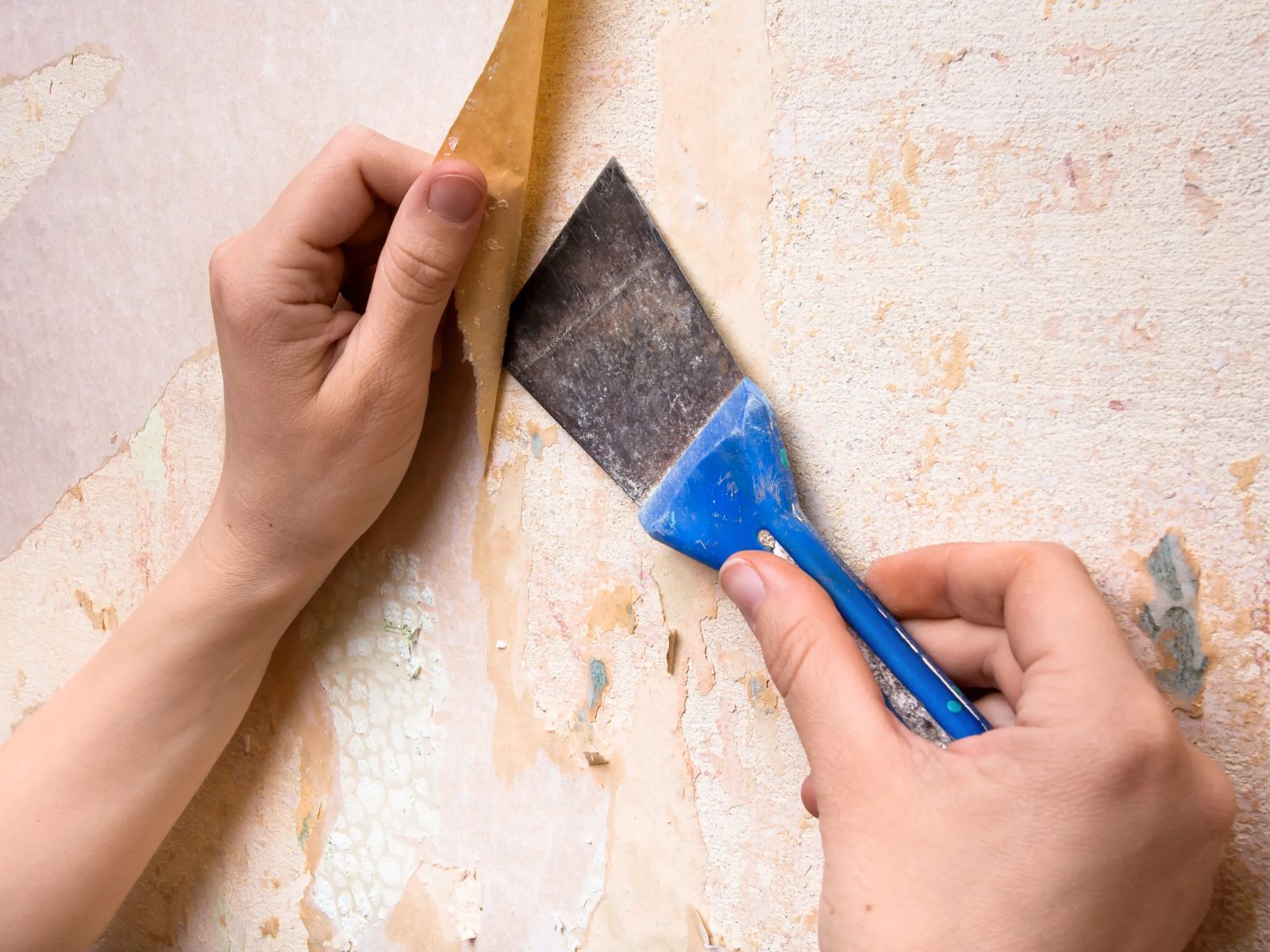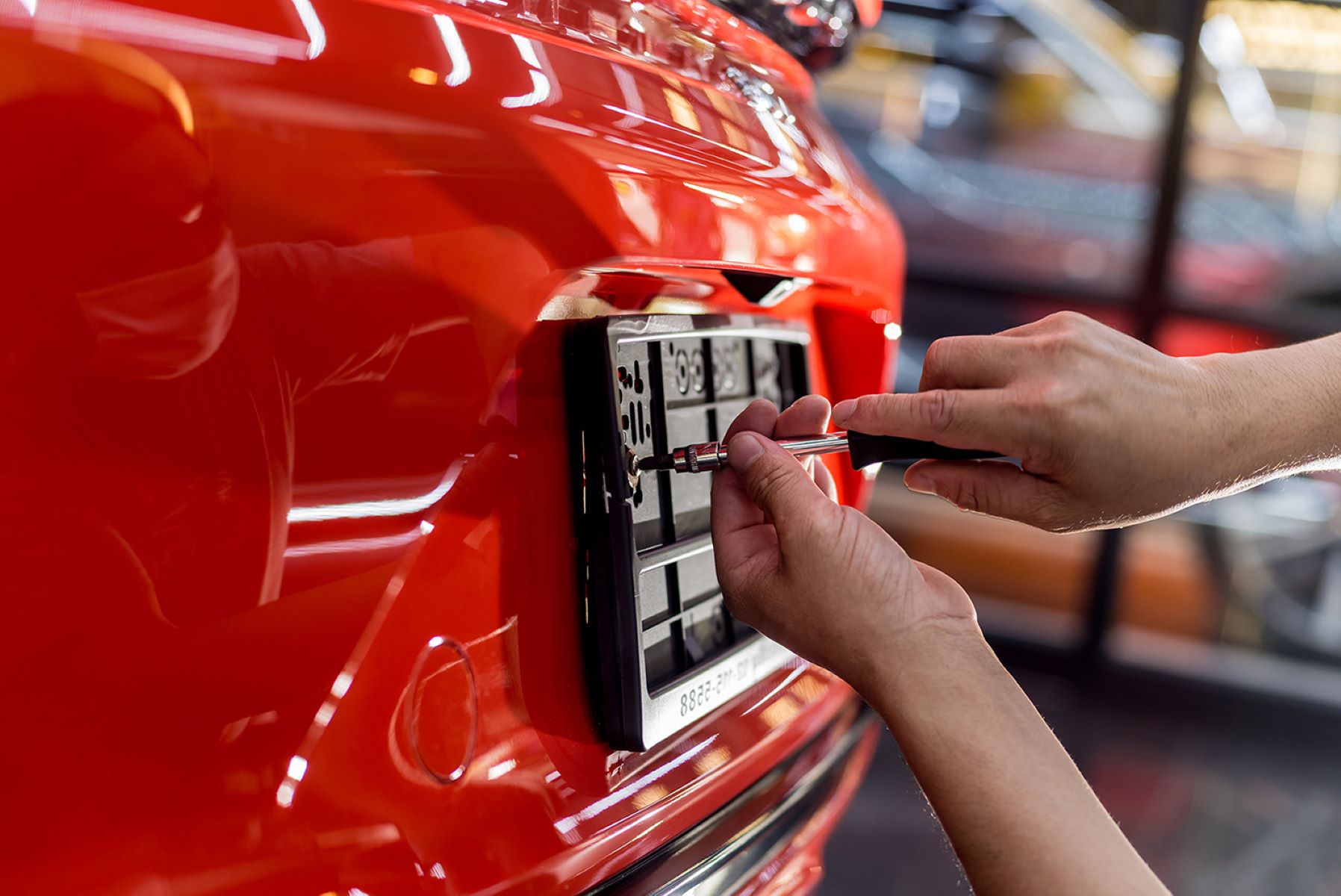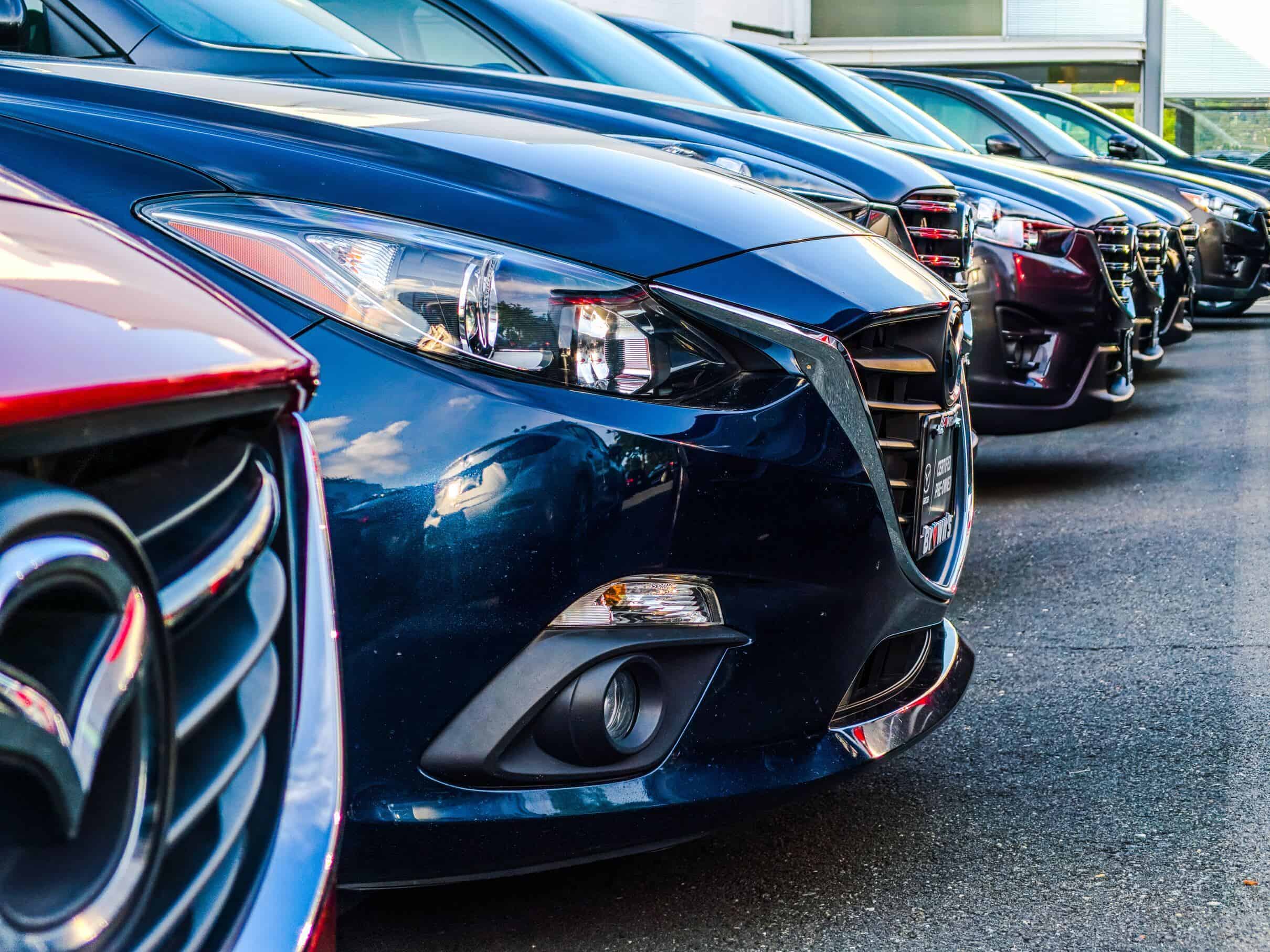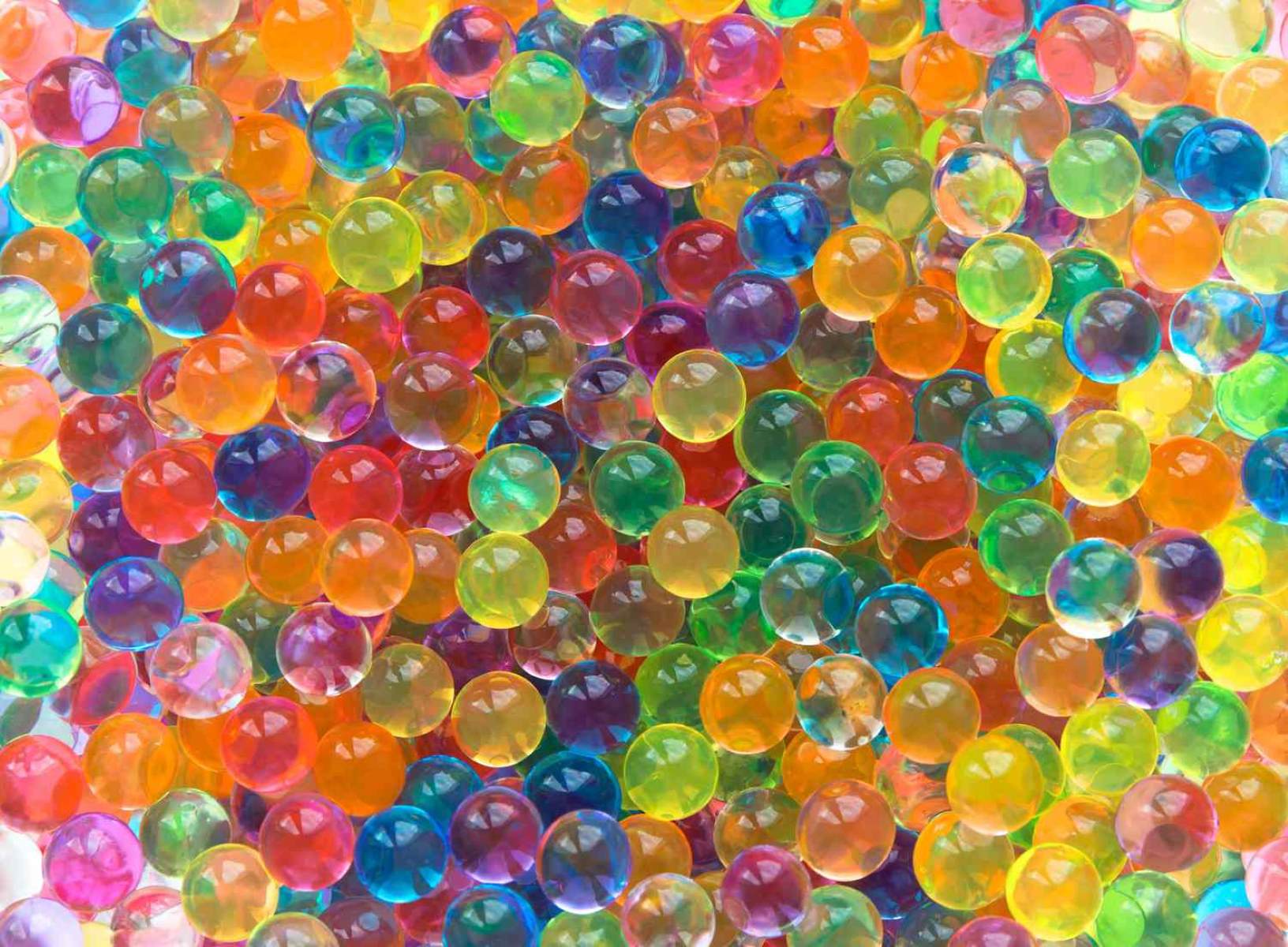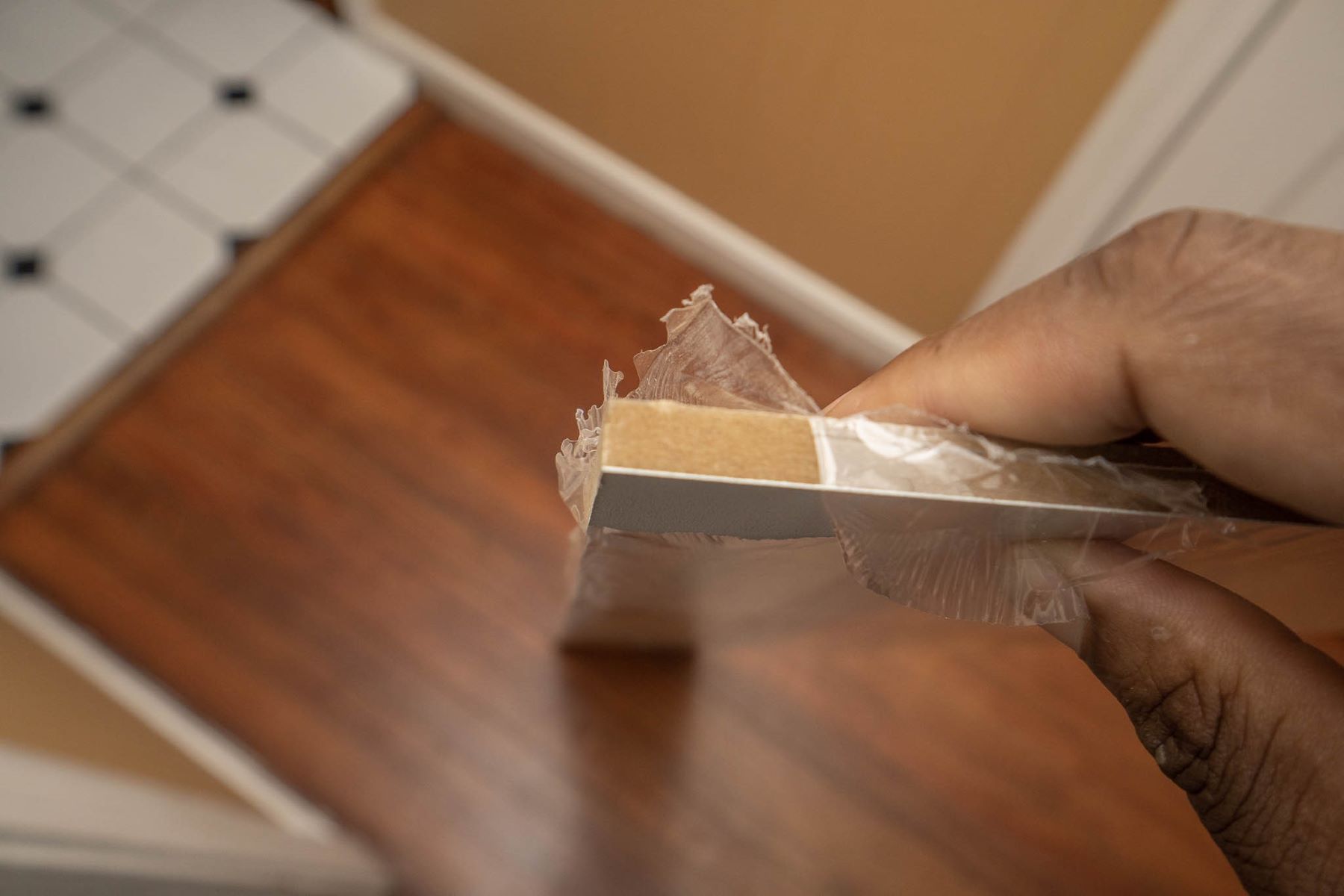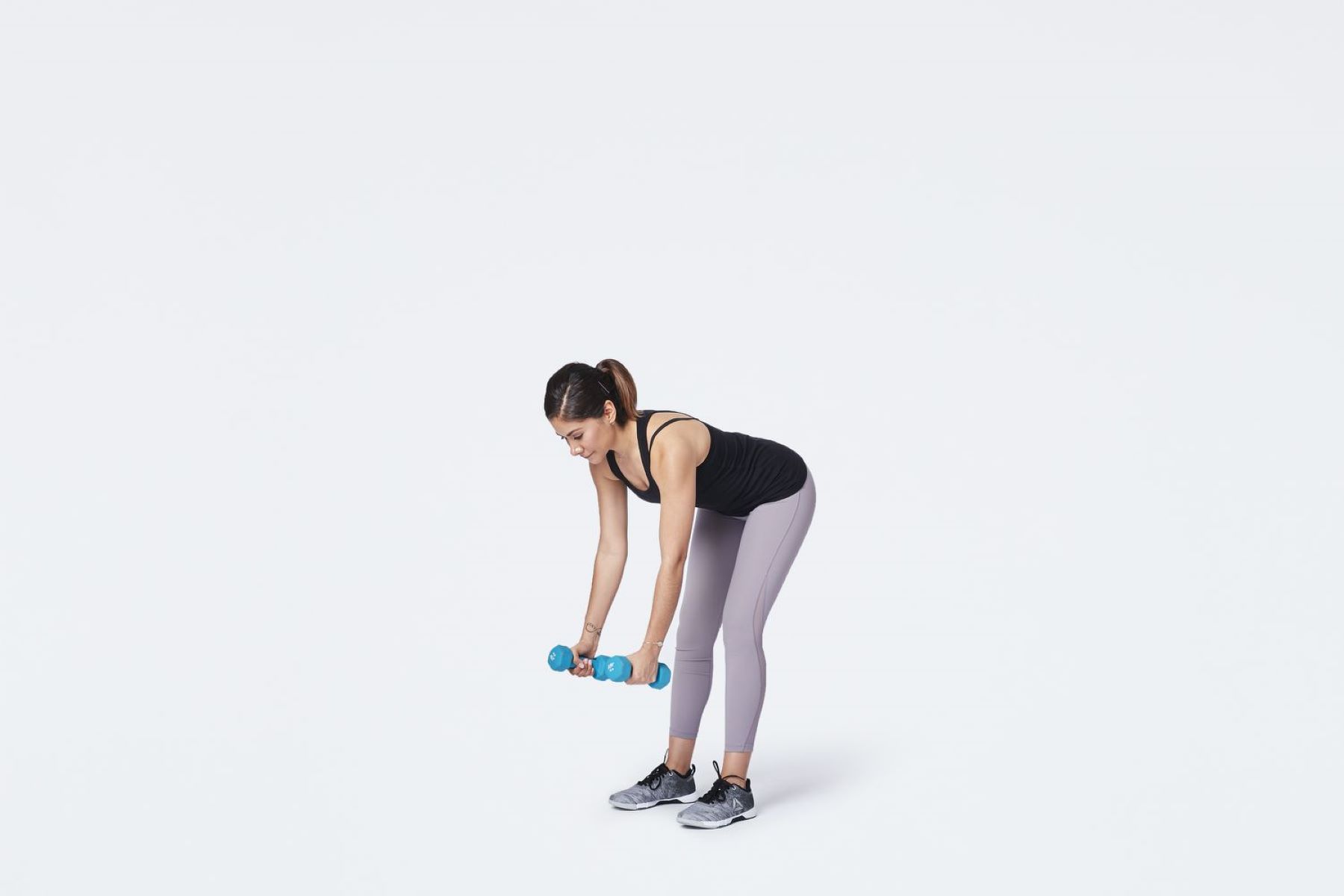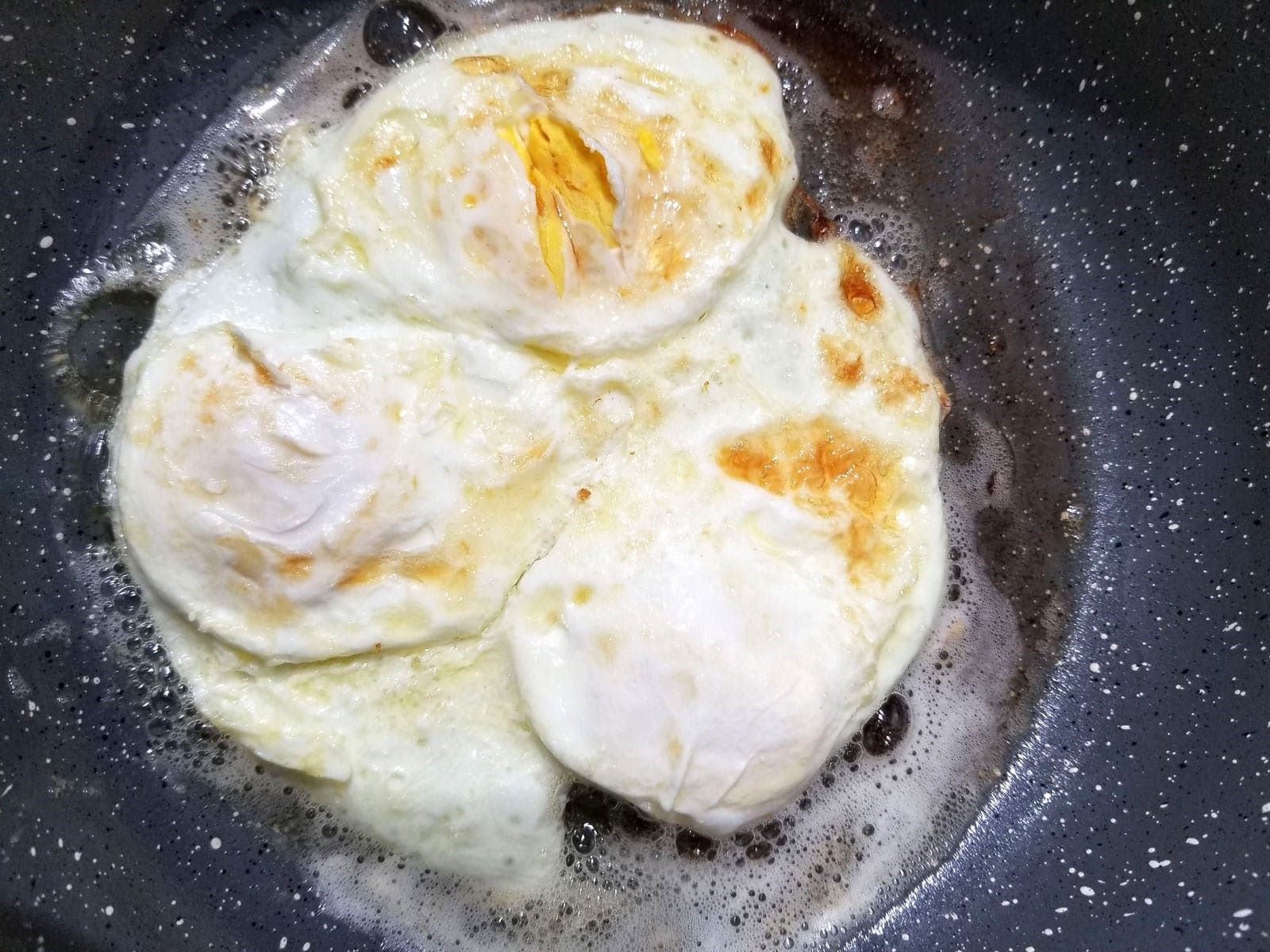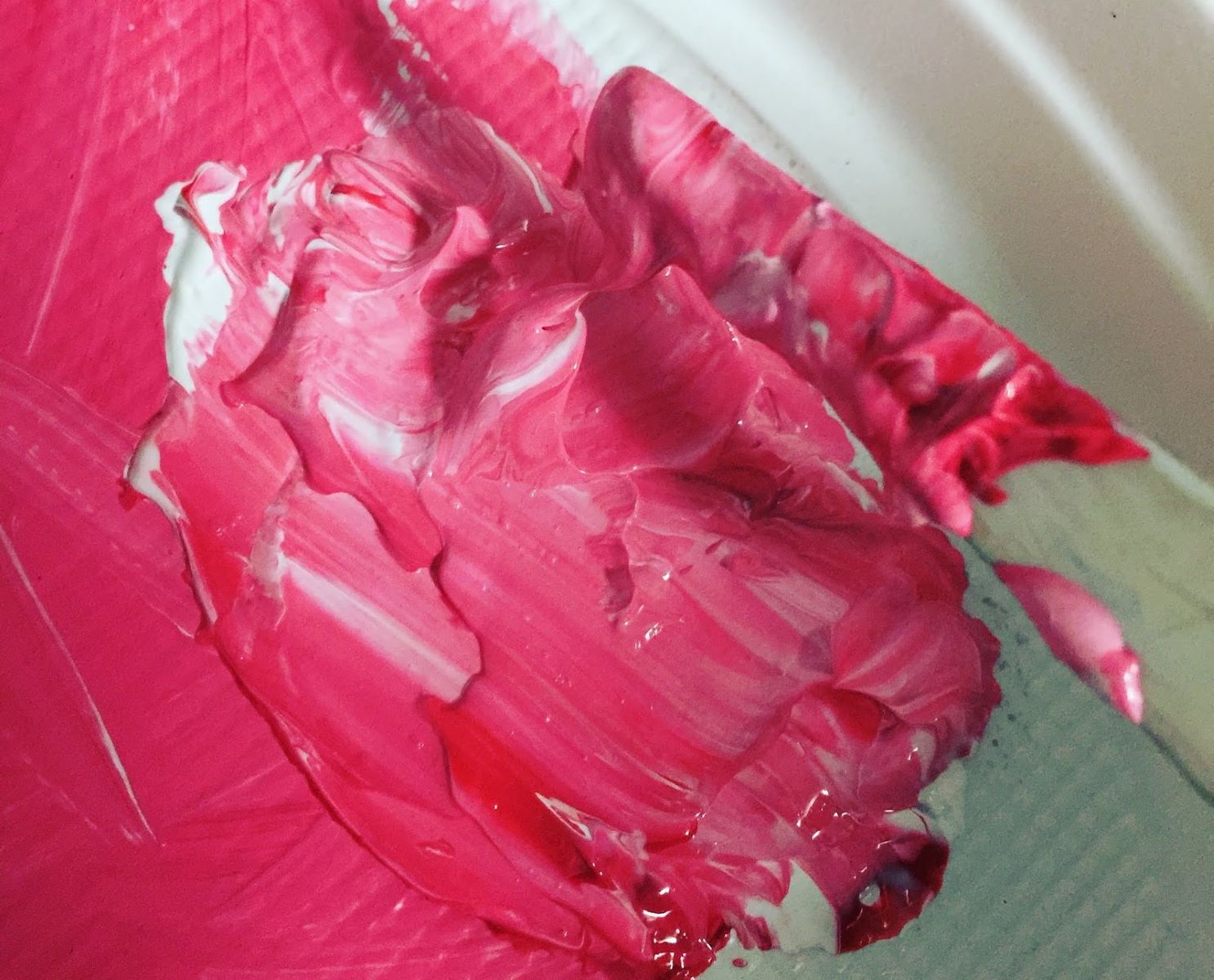Home>Automotive>The Ultimate Guide To Painting Over Chrome Plating
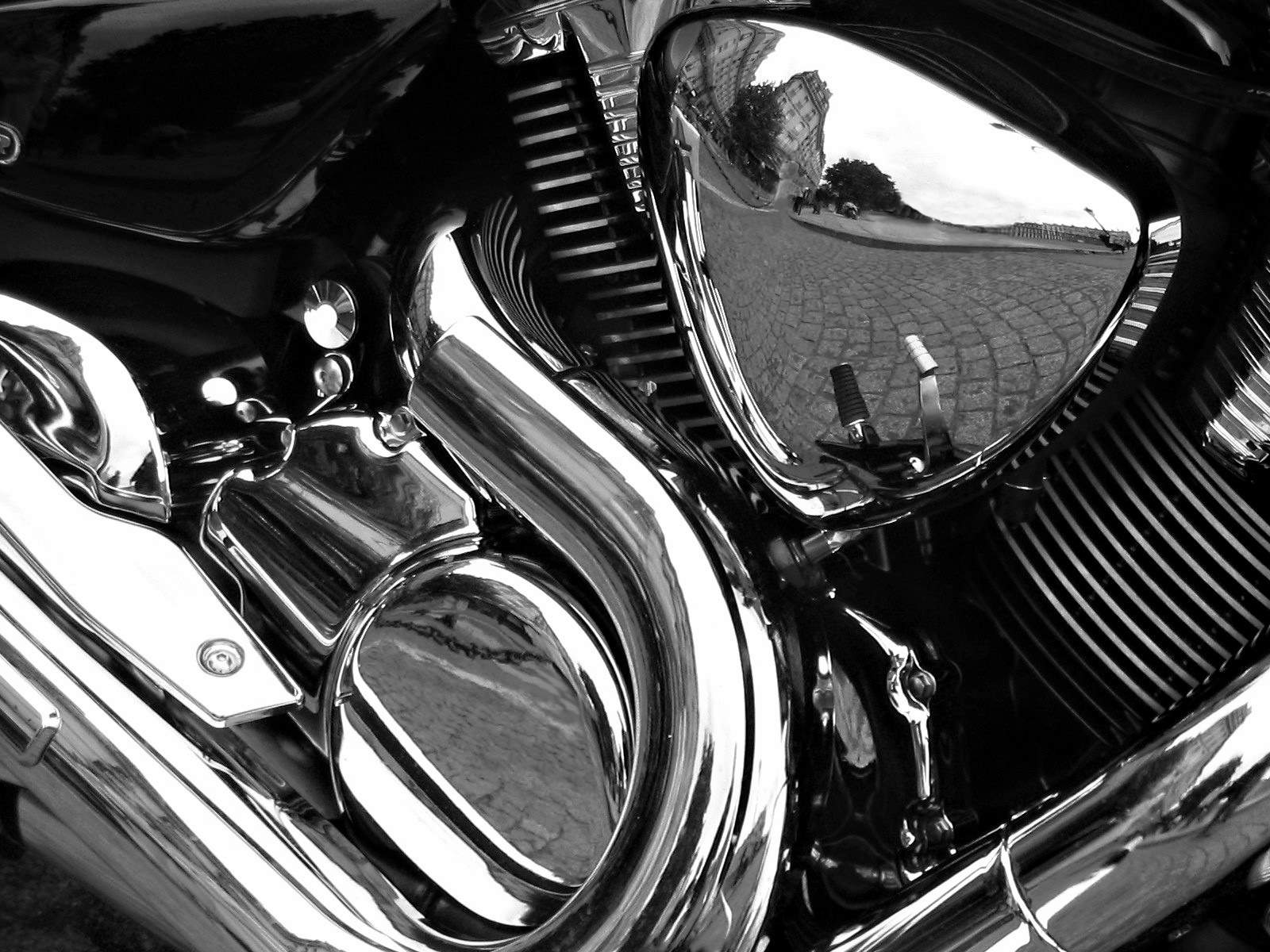

Automotive
The Ultimate Guide To Painting Over Chrome Plating
Published: January 7, 2024
Discover the best techniques for painting over chrome plating in the automotive industry with our comprehensive guide. Transform your vehicle with expert tips and tricks.
(Many of the links in this article redirect to a specific reviewed product. Your purchase of these products through affiliate links helps to generate commission for Regretless.com, at no extra cost. Learn more)
Table of Contents
Introduction
When it comes to customizing your vehicle, one of the most impactful changes you can make is to the exterior finish. Chrome plating has long been a popular choice for adding a sleek and shiny look to car parts, but what if you want to switch things up with a new color? That's where painting over chrome plating comes into play.
Whether you're looking to update the look of your car, motorcycle, or other chrome-plated items, painting over chrome plating can be a challenging yet rewarding endeavor. It requires careful preparation, the right materials, and a methodical approach to achieve a professional and long-lasting finish.
In this comprehensive guide, we will delve into the intricacies of painting over chrome plating, covering everything from understanding the nature of chrome plating to selecting the appropriate paint and mastering the application process. By the end of this guide, you'll have the knowledge and confidence to undertake this transformation with precision and finesse.
So, if you're ready to embark on a journey to revamp the appearance of your chrome-plated surfaces, let's dive in and explore the art of painting over chrome plating.
Understanding Chrome Plating
Chrome plating is a process that involves electroplating a thin layer of chromium onto a metal surface, typically steel or aluminum. This technique is widely favored in the automotive industry for its exceptional durability, corrosion resistance, and luxurious aesthetic appeal. The chrome plating process begins with the meticulous cleaning and polishing of the base metal to ensure a smooth and flawless surface. Following this, the metal undergoes a series of electroplating steps, which involve immersing it in a chromium solution and applying an electric current to facilitate the deposition of chromium atoms onto the surface.
The resulting chrome-plated finish exhibits a brilliant luster and mirror-like shine, making it a coveted choice for various automotive components, including bumpers, trim, wheels, and grilles. Furthermore, the inherent toughness of chrome plating enables it to withstand harsh environmental conditions, such as exposure to moisture, road salts, and UV radiation, without succumbing to rust or corrosion.
However, despite its remarkable attributes, chrome plating may not always align with the desired aesthetic preferences or design vision. In such instances, the option to paint over chrome plating presents an appealing alternative for individuals seeking a customized and personalized appearance for their vehicles or other chrome-plated items.
It is important to note that the adhesion of paint to chrome plating can be challenging due to the smooth and non-porous nature of the chrome surface. Therefore, achieving a successful and long-lasting paint finish over chrome plating necessitates thorough surface preparation and the use of specialized primers and paints designed to bond effectively with the chrome substrate.
Understanding the intricacies of chrome plating is crucial for embarking on the journey of painting over chrome plating. By comprehending the characteristics and properties of chrome plating, individuals can make informed decisions regarding the preparation, materials, and techniques required to accomplish a seamless and durable transition from chrome to a custom-painted finish.
Preparing the Surface
Preparing the surface is a critical phase in the process of painting over chrome plating. The key objective during this stage is to create an optimal foundation for the adhesion of the paint, ensuring long-term durability and a flawless finish. Given the smooth and non-porous nature of chrome plating, proper surface preparation is paramount to promote paint adhesion and prevent peeling or flaking over time. Here's a detailed breakdown of the essential steps involved in preparing the surface for painting over chrome plating:
Step 1: Cleaning and Degreasing
Begin by thoroughly cleaning the chrome-plated surface with a high-quality automotive detergent or degreaser. This step is crucial for removing any dirt, grease, or contaminants that could compromise the adhesion of the paint. Utilize a lint-free cloth or sponge to ensure a pristine and residue-free surface.
Step 2: Mechanical Abrasion
Due to the smooth and slick nature of chrome plating, mechanical abrasion is necessary to create micro-textures that promote paint adhesion. Using fine-grit sandpaper (approximately 400-600 grit), gently scuff the entire chrome surface in a consistent and even manner. The goal is not to remove the chrome plating entirely but to create a slightly roughened texture that enhances the bonding capability of the subsequent primer and paint layers.
Step 3: Etching Primer Application
After sanding, apply an etching primer specifically formulated for use on chrome surfaces. This specialized primer contains acidic components that facilitate adhesion by promoting chemical bonding with the chrome substrate. Follow the manufacturer's instructions regarding the application method and drying times to ensure optimal adhesion and corrosion resistance.
Step 4: Primer Surfacer Coating
Once the etching primer has properly cured, apply a high-quality primer surfacer designed for automotive applications. The primer surfacer serves to further enhance adhesion, fill in minor imperfections, and create a uniform surface for the subsequent paint layers. Apply the primer surfacer evenly and allow it to dry thoroughly according to the manufacturer's recommendations.
Step 5: Surface Inspection
After the primer surfacer has dried, carefully inspect the surface for any blemishes, uneven areas, or imperfections. If necessary, lightly sand the primed surface with fine-grit sandpaper to achieve a smooth and uniform base for the paint application.
By meticulously following these preparatory steps, you can establish an ideal canvas for applying the chosen paint, ensuring a strong bond and a professional-quality finish that will stand the test of time. Remember, patience and attention to detail during the surface preparation phase are essential for achieving a successful transition from chrome plating to a custom-painted masterpiece.
Choosing the Right Paint
Selecting the appropriate paint for the task of painting over chrome plating is a pivotal decision that significantly influences the final outcome of the customization process. When it comes to choosing the right paint, several key considerations come into play, encompassing the type of paint, color options, finish preferences, and compatibility with the underlying surface. Let's delve into the essential factors to consider when selecting the ideal paint for this transformative endeavor.
Paint Type:
Opting for a high-quality, automotive-grade paint formulated for use on metal surfaces is paramount. Acrylic enamel and acrylic lacquer paints are popular choices due to their durability, vibrant color options, and compatibility with automotive applications. These paints are engineered to withstand the rigors of daily use, offering excellent adhesion, UV resistance, and long-lasting color retention.
Color Selection:
The color palette for custom-painted finishes is virtually limitless, allowing for personal expression and creativity. Whether it's a classic solid color, metallic finish, or custom color mix, the paint selection should align with the desired aesthetic vision and complement the overall design scheme of the vehicle or item being customized.
Finish Options:
Consider the desired finish for the custom-painted surface. Choices range from glossy and high-gloss finishes to satin, matte, or textured finishes. Each finish type imparts a distinct visual and tactile appeal, and the selection should harmonize with the intended style and visual impact of the customization.
Specialized Paint Systems:
Exploring specialized paint systems designed for challenging surfaces, such as chrome plating, can yield superior results. Some manufacturers offer dedicated paint systems engineered to bond effectively with chrome substrates, providing enhanced adhesion and long-term durability. These systems often include adhesion promoters and specialized base coats tailored for chrome surfaces, ensuring a reliable and enduring bond between the paint and the chrome-plated substrate.
Compatibility and Adhesion:
Ensure that the selected paint system is compatible with the underlying surface and the primers applied during the surface preparation phase. Assessing the paint's adhesion properties and compatibility with the primer surfacer and etching primer is crucial for achieving a seamless and enduring bond between the paint layers and the chrome-plated substrate.
By carefully considering these factors and selecting a high-quality paint system tailored for automotive applications and challenging surfaces, individuals can embark on the next phase of the customization journey with confidence and the assurance of achieving a stunning and enduring custom-painted finish.
Applying the Paint
With the surface meticulously prepared and the appropriate paint system selected, the application phase marks the transformative moment in the process of painting over chrome plating. This critical stage demands precision, patience, and a methodical approach to ensure a flawless and enduring custom-painted finish. Here's a comprehensive overview of the essential steps and best practices for applying the chosen paint system over chrome plating:
Step 1: Base Coat Application
Commence the paint application process by applying a dedicated base coat formulated for use on chrome surfaces. This specialized base coat serves as the foundation for the subsequent layers of paint, facilitating adhesion and promoting color vibrancy. Follow the manufacturer's guidelines regarding the application method, recommended number of coats, and drying intervals to achieve an even and consistent base coat.
Step 2: Color Layer Application
Once the base coat has properly cured, proceed with applying the chosen color layer. Whether it's a classic solid color, metallic finish, or custom color mix, ensure that each layer is applied evenly and uniformly to achieve the desired color intensity and coverage. Adhere to the manufacturer's instructions regarding the application technique, drying times, and recommended number of color coats to attain a flawless and vibrant color finish.
Step 3: Clear Coat Sealing
After the color layer has dried to the appropriate tackiness, it's time to seal the custom-painted surface with a clear coat. The clear coat serves as a protective barrier, imparting gloss, depth, and long-term durability to the finish. Apply the clear coat in smooth, overlapping strokes, ensuring complete coverage and a uniform sheen. Allow the clear coat to cure thoroughly as per the manufacturer's specifications to achieve a lustrous and resilient final finish.
Step 4: Curing and Drying
Upon completing the paint application process, allow the custom-painted surface to cure and dry in a controlled environment with optimal ventilation and temperature conditions. Adequate curing and drying times are crucial for the paint system to fully bond, harden, and achieve its maximum durability and resilience. Exercise patience during this phase to safeguard the integrity and longevity of the custom-painted finish.
By meticulously following these steps and adhering to the manufacturer's recommendations for the chosen paint system, individuals can achieve a professional-quality custom-painted finish over chrome plating. The application phase represents the culmination of meticulous preparation and informed material selection, resulting in a visually stunning and enduring transformation of chrome-plated surfaces.
Finishing Touches
After completing the meticulous process of painting over chrome plating, attention to the finishing touches is essential to elevate the custom-painted surface to a professional standard. The final steps encompass refining the finish, addressing imperfections, and safeguarding the longevity of the custom-painted surface. Here's a detailed exploration of the crucial finishing touches that culminate the transformation from chrome plating to a captivating custom-painted masterpiece.
Surface Polishing and Buffing
Once the paint layers have fully cured, polishing and buffing the custom-painted surface can enhance its visual appeal and luster. Utilize a high-quality automotive polishing compound and a soft, clean cloth to gently polish the painted surface in circular motions. This process helps to eliminate minor imperfections, swirl marks, and uneven texture, resulting in a smooth and glossy finish that exudes professional craftsmanship.
Read more: How To Paint Clouds
Clear Coat Protection
Applying a high-quality automotive clear coat protection spray serves as a safeguard against environmental elements, UV radiation, and abrasion. The clear coat acts as a shield, preserving the vibrancy and integrity of the custom-painted finish while imparting a glossy sheen. Evenly apply the clear coat protection spray over the entire painted surface, following the manufacturer's instructions for optimal coverage and drying times.
Final Inspection and Touch-ups
Thoroughly inspect the custom-painted surface for any blemishes, irregularities, or areas requiring touch-ups. Address any imperfections by carefully sanding the affected areas with fine-grit sandpaper and applying touch-up paint as needed. This meticulous attention to detail ensures a flawless and seamless custom-painted finish that meets the highest standards of quality and aesthetics.
Curing and Drying
Allow the clear coat protection and any touch-up paint to cure and dry completely, ensuring that the custom-painted surface attains its maximum durability and resilience. Adequate curing and drying times are crucial for the clear coat to harden and form a robust protective layer, fortifying the custom-painted finish against wear and environmental factors.
Final Quality Assessment
Conduct a final quality assessment to ensure that the custom-painted surface exhibits a uniform color, smooth texture, and impeccable finish. Verify that the clear coat protection has been applied evenly and uniformly, and that any touch-up areas seamlessly blend with the surrounding paint. This comprehensive assessment guarantees that the custom-painted surface meets the highest standards of visual appeal and durability.
By meticulously attending to these finishing touches, individuals can elevate the custom-painted surface to a professional caliber, characterized by impeccable aesthetics, enduring protection, and a captivating visual allure. The culmination of these meticulous steps signifies the transformation of chrome-plated surfaces into personalized and visually striking works of automotive art.
Read more: How To Paint Flowers
Conclusion
In conclusion, the endeavor of painting over chrome plating represents a captivating fusion of artistry, technical precision, and automotive customization. Throughout this comprehensive guide, we have navigated the intricate process of transforming chrome-plated surfaces into vibrant and personalized custom-painted finishes. From understanding the nature of chrome plating to meticulously preparing the surface, selecting the right paint system, mastering the application process, and attending to the finishing touches, each phase encapsulates a meticulous and rewarding journey of creative expression and craftsmanship.
The art of painting over chrome plating transcends mere customization; it embodies a narrative of individuality, self-expression, and the seamless integration of personal style into automotive aesthetics. By embarking on this transformative endeavor, enthusiasts and automotive aficionados alike have the opportunity to imbue their vehicles, motorcycles, or other chrome-plated items with a distinct visual identity that reflects their unique tastes and design sensibilities.
Furthermore, the process of painting over chrome plating underscores the significance of meticulous preparation, informed material selection, and a methodical approach to achieve a professional-quality finish. It embodies the fusion of creativity and technical expertise, where each brushstroke or spray of paint converges with the underlying chemistry of adhesion, durability, and visual impact.
Ultimately, the allure of painting over chrome plating lies in the ability to transcend conventional aesthetics, explore boundless color possibilities, and breathe new life into automotive surfaces. It represents a canvas for self-expression, where the fusion of chrome plating and custom-painted finishes yields captivating visual narratives that resonate with individuality and personalization.
As enthusiasts and artisans venture into the realm of painting over chrome plating, they embark on a journey of artistic exploration, technical mastery, and the seamless fusion of form and function. The allure of custom-painted finishes over chrome plating is not merely a visual transformation; it is a testament to the convergence of creativity and automotive craftsmanship, where each stroke of paint signifies a narrative of personalization and the embodiment of individual style.
In essence, the art of painting over chrome plating transcends the boundaries of conventional automotive aesthetics, inviting enthusiasts to embark on a transformative odyssey of self-expression and visual storytelling. It stands as a testament to the enduring allure of automotive customization and the boundless potential for personalization through the seamless fusion of chrome plating and custom-painted finishes.
